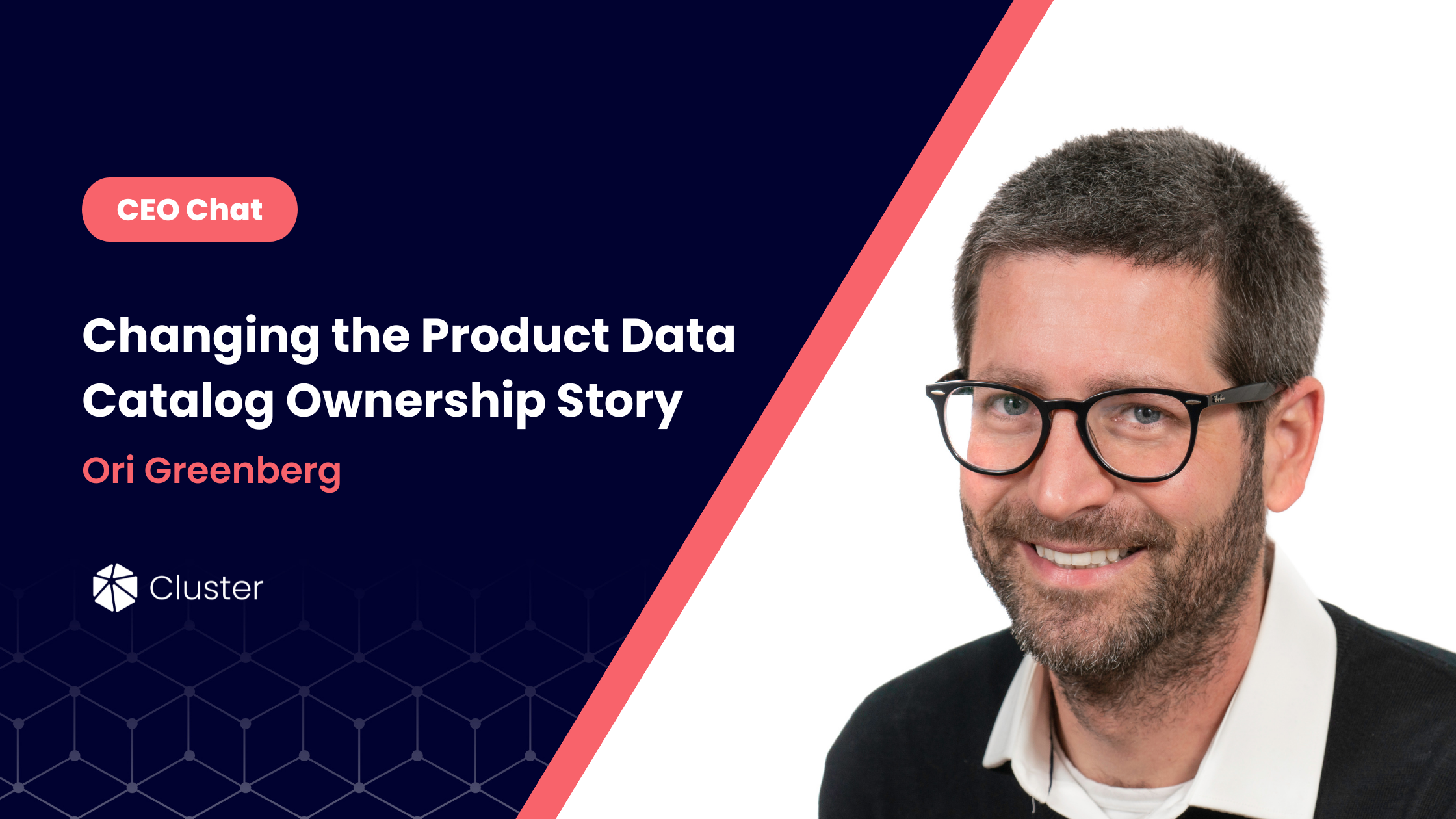Onboarding is an essential part of any business. It is a process that ensures the successful integration of new employees, contractors, or vendors into the company. Seller onboarding is the process of introducing a new seller to the company, its culture, and processes.
Seller onboarding involves collecting and verifying data from sellers, setting up accounts, and providing them with the necessary information to start selling on the platform. Additionally, seller onboarding requires collecting information such as contact details, payment information, product catalogs, and more. This guide provides advanced strategies to help sellers through the onboarding process.
What Is Seller Onboarding?
Seller onboarding is the process of introducing and acclimating new sellers to the marketplace. It is a vital part of the onboarding process and is designed to ensure that the new sellers understand the marketplace’s policies, procedures, and expectations. The goal of seller onboarding is to make it easy for sellers to join the marketplace and quickly get up to speed. This can be done through a combination of onboarding materials, tutorials, and training sessions.
What Is Marketplace Seller Onboarding?
Marketplace seller onboarding is a specialized version of seller onboarding that helps new sellers understand the unique dynamics of a marketplace environment. Marketplace sellers are different from traditional retailers because they have to compete with other sellers on the marketplace for the same customers. As a result, they need to understand the marketplace’s rules and regulations and how to best position themselves to be successful.
Why “Seller” is Different from Supplier, Vendor and Merchant
A seller is an individual or business who offers products or services for sale. The term “seller” is often used interchangeably with “supplier”, “vendor”, and “merchant”, however, there is a distinction between the four. A supplier is someone who provides goods or services to a marketplace. A vendor is someone who sells goods or services directly to a customer. A merchant is someone who sells goods or services in a physical location.
Why Is It So Important to Onboard Sellers the Best Way?
Onboarding sellers the right way is important because it is the first impression that new sellers will have of the marketplace. It sets the tone for their experience and can have a major impact on the success of their business. If the onboarding process is confusing, time-consuming, or not tailored to the needs of the seller, it could lead to them abandoning the marketplace before they even get started. On the other hand, if the onboarding process is well-designed and efficient, it can give the seller a great first impression and inspire them to stay and build a successful business on the marketplace.
The 4 Best Seller Onboarding Examples of the Market
1. Amazon
Amazon is a great example of seller onboarding done right. They have a comprehensive set of onboarding materials and tutorials that cover everything the seller needs to know in order to get started. They also offer a wide range of support services, such as customer service and technical support, to ensure the seller’s success.
2. eBay
eBay is another great example of seller onboarding. They have a thorough onboarding process that covers everything from setting up a seller account to listing items and managing transactions. They also offer a wide range of support services, such as eBay University and Seller Support, to help sellers get off to a good start.
3. Etsy
Etsy’s onboarding process is focused on helping new sellers quickly get up to speed. They have a comprehensive set of tutorials and FAQs, as well as a dedicated team of onboarding specialists to answer questions. They also have a Seller Handbook that covers everything the seller needs to know.
4. Shopify
Shopify’s onboarding process is designed to be quick and easy. They have a wide range of tutorials and FAQs, as well as a dedicated team of onboarding specialists to answer questions. They also have a set of onboarding materials that cover topics such as product photography, setting up shop, and more.
Steps to Create a Great Onboarding Process for Your Marketplace
Seller onboarding requires careful planning and preparation. The following steps outline the process for successful seller onboarding:
1. Establish a goal and timeline
The first step in the seller onboarding process is to establish a goal and timeline. This should include an understanding of the seller’s desired outcome and the timeline for achieving it. It is important to be realistic when setting goals and timelines, as they will guide the onboarding process and determine its success.
2. Communicate expectations
It is important to establish clear expectations for the seller, and to communicate these expectations to the seller in a timely manner. This includes providing the seller with detailed information about the company and its products, as well as the policies and procedures they will need to follow.
3. Create an onboarding plan
The next step is to develop an onboarding plan. This plan should include a timeline of events, activities, and milestones that need to be completed by the seller. It should also include a copy of the company’s policies and procedures, as well as information about the products and services offered.
4. Set up a training program
The onboarding plan should also include a training program for the seller. This program should be tailored to the seller’s needs and should include hands-on activities and demonstrations to help the seller gain a better understanding of the company and its products.
5. Provide support
Seller onboarding should also include a plan for providing support to the seller. This can include setting up a support group, providing one-on-one mentoring, or offering online resources. It is important to ensure that the seller has access to the resources they need to be successful.
6. Monitor progress
The final step in the seller onboarding process is to monitor the seller’s progress. This includes tracking the seller’s progress against the timeline, as well as providing feedback on their performance. This will help ensure that the seller is meeting their goals and that the onboarding process is successful.
How Cluster Can Help Sellers Onboarding
Leading marketplaces can fix seller abandonment by building a best-in-class product data catalog that takes the onboarding burden off sellers. With Cluster, marketplaces can offer complete and automatic product listings to create a frictionless onboarding experience.Cluster simplifies the onboarding process, making it easier and faster. Book a meeting now.





